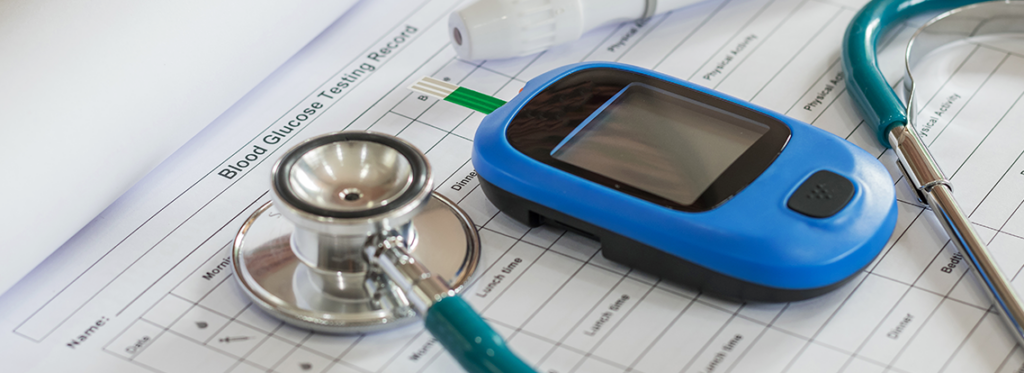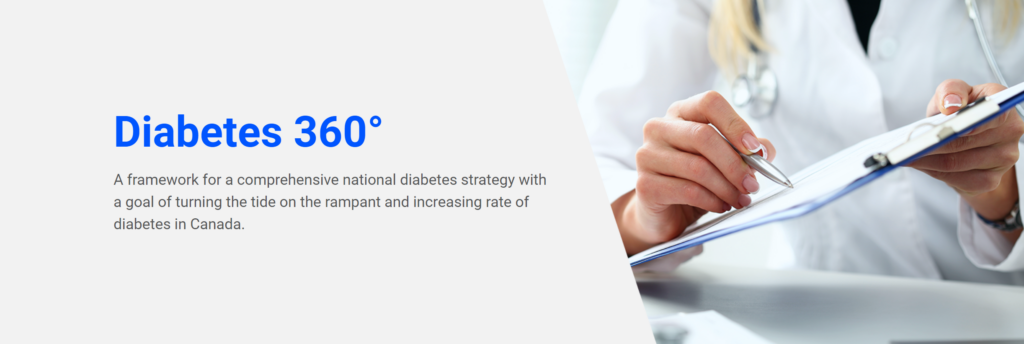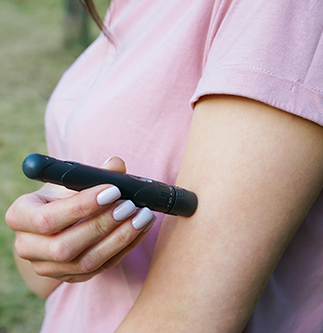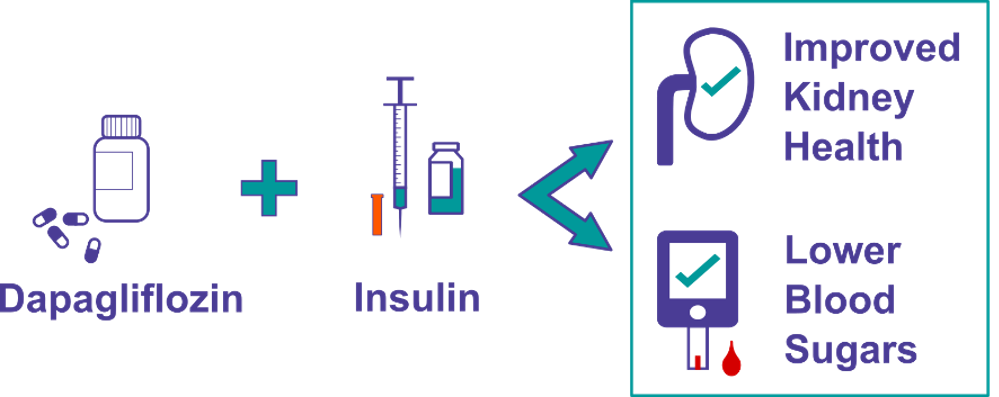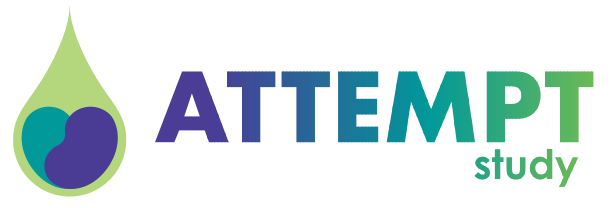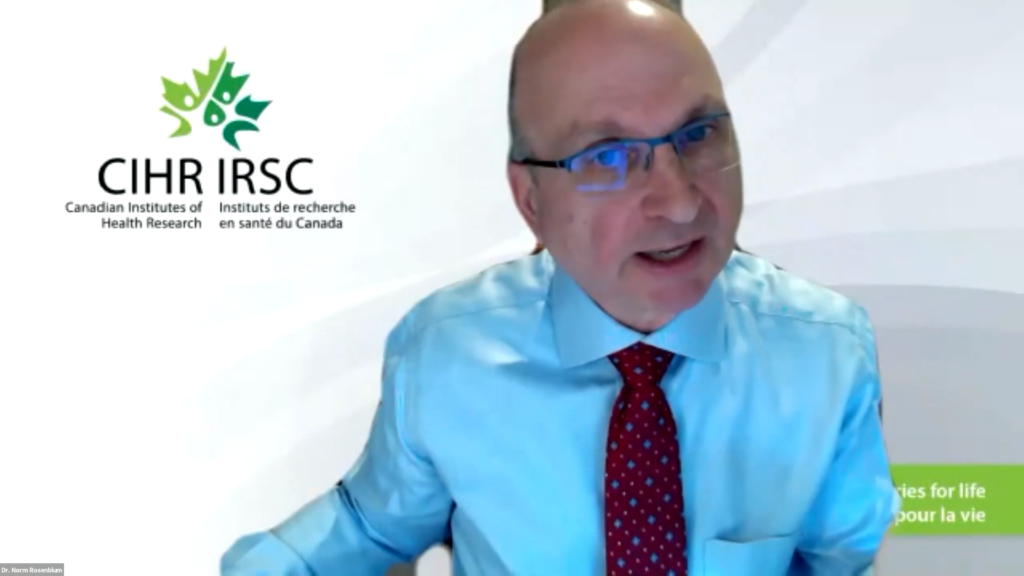
Connect1d Canada is a digital platform that allows those living with type 1 diabetes (T1D) to easily learn about T1D research happening across Canada, and contribute to research in the areas that matter most to them. The platform also allows researchers to easily engage people living with T1D, enabling rapid recruitment of diverse people from across Canada into research studies.
The overall goal is to accelerate T1D research by boosting enrolment into T1D clinical studies of diverse group of participants. Too often, clinical studies stall because appropriate participants can’t be found—that slows down the research process and delays access to potential treatments for everyone living with T1D. And one of the most common reasons people don’t participate in a research study is because they didn’t know about it.
The platform also addresses some of the major barriers that exist in T1D research, including awareness and understanding of available research projects and which ones need participants By providing this direct link between people living T1D and researchers focused in this area, more people living with T1D become aware of opportunities, and research teams have access to a more diverse representation of the community.
“I am proud of Canada’s community of people with diabetes, and its community of dedicated researchers,” says Dr. Bruce Perkins, an endocrinologist and the Director of the Leadership Sinai Centre for Diabetes in Toronto. “Connect1d Canada boosts interaction between them, so that together we can reach our common goal to meaningfully transform the lives of those living with T1D.”
Perkins, who himself lives with T1D, is co-leading the scientific arm of the program with Dr. Peter Senior, an endocrinologist and Senior Scientist with the Alberta Diabetes Institute. They are joined in this by Kate Farnsworth, who is a co-lead on the project and the parent of a child with T1D.
Connect1d Canada was co-designed by people living with T1D and researchers, ensuring that the needs and wants of both groups were incorporated. It is an opt-in registry, which means that any Canadian adult with T1D can choose to share their information with research teams. Those participating control how their information is shared and with whom.
Extensive consultation with the T1D community, as well as having those with the condition at the table, is something the program team sees as critical to its success. “When we originally brought our ideas to those living with T1D, they made it clear that what we were suggesting did not add sufficient value for them,” says Senior. “That opened up the dialogue that continues to this day, as we have made it a priority not only to have people with diabetes and those who care for them consulted, but to have them completely embedded into our planning and development.”
As such, the Connect1d Canada team is developing a Community Advisory Committee that will provide guidance from the T1D community as the project grows and develops. It is clear to all involved that this project cannot be successful without all stakeholders fully invested.
For Farnsworth, this consultation is another essential ingredient to true community engagement. “For too long research has failed to have the voice of those living with type 1 diabetes at the table, or people felt they were being represented in a tokenistic way,” she says. “This led to projects that failed because they were not appropriate for the community, often after millions of dollars had been invested. With Connect1d Canada we want to make sure people with T1D are front and centre in every aspect.”
Currently, there are multiple studies posted on the Connect1d Canada website. Canadians with T1D can register their interest in specific projects, fill in research surveys and subscribe to receive updates about new projects that may be of interest to them.
With funding from JDRF Canada and support from Diabetes Action Canada, in partnership with the UHN’s eHealth Innovations, this project presents a digital solution to a longstanding and complex problem.
Register for Connect1d Canada now!
Interested in joining the Community Advisory Committee? Apply here!

